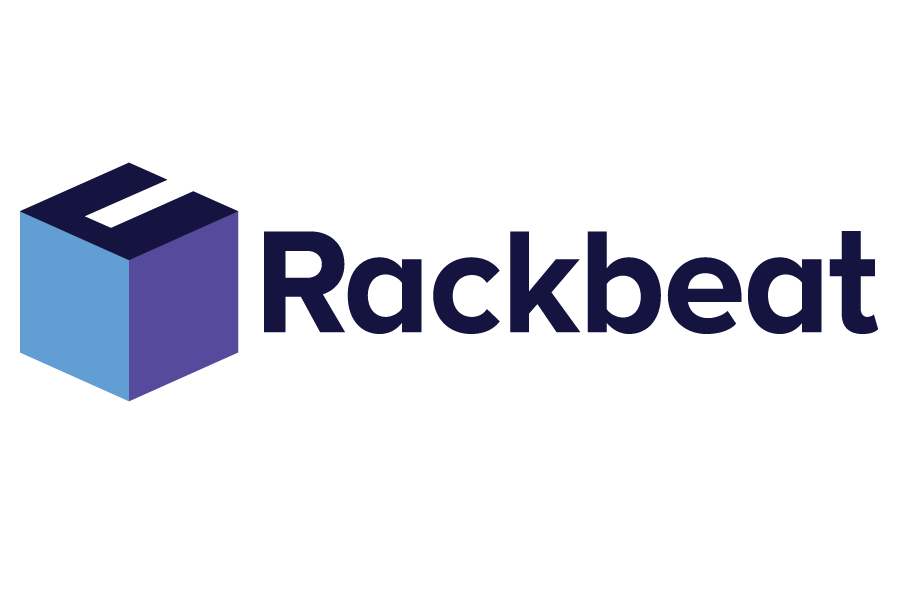Lean Principle 5S
The Lean Principle 5S is a systematic method used to create and maintain an organized, clean, and efficient work environment. It is a fundamental part of Lean Manufacturing, which focuses on improving productivity and quality through organization and standardization. The five S's originate from Japanese and represent the following concepts: Seiri (Sort), Seiton (Set in Order), Seiso (Shine), Seiketsu (Standardize), and Shitsuke (Sustain).
Rackbeat July 25, 2024
How the Lean Principle 5S Works
The Lean Principle 5S consists of five steps that together create a structured and efficient work environment:
- Seiri (Sort): Identify and remove all unnecessary items from the work area. Only tools and materials that are used regularly should be present to minimize clutter and maximize space utilization.
- Seiton (Set in Order): Organize necessary items so they are easily accessible. Everything should have a designated place, reducing time wasted searching for tools and materials.
- Seiso (Shine): Keep the work area clean and tidy. Regular cleaning helps to identify and prevent problems and ensures a safe working environment.
- Seiketsu (Standardize): Develop standard procedures for organization and cleaning. Standardization ensures consistency and makes it easier to maintain the first three S’s.
- Shitsuke (Sustain): Create a culture of discipline and continuous improvement. All employees should follow established standards and actively participate in improvement processes.
Relevance for Inventory Management
Implementing the Lean Principle 5S in inventory management can lead to significant improvements in efficiency and accuracy. Here’s how the five S’s can be applied specifically in inventory management:
- Seiri (Sort): By sorting and identifying necessary and unnecessary items in the warehouse, companies can reduce excess inventory. This helps free up space and improve overall warehouse efficiency.
- Seiton (Set in Order): Organizing the warehouse by placing items in logical and easily accessible locations makes it easier for employees to find and pick items quickly. This reduces wasted time and optimizes order management.
- Seiso (Shine): Regular cleaning and maintenance of the warehouse help maintain a safe and orderly work environment. It can also prevent damage to items and equipment, improving warehouse reliability.
- Seiketsu (Standardize): Developing standard procedures for inventory management, including storage as well as picking and packing, ensures consistency and high quality in work processes. This can also help new employees learn and follow established methods quickly.
- Shitsuke (Sustain): A culture of self-discipline and continuous improvement encourages employees to follow set standards and contribute to ongoing improvements. This can lead to increased engagement and responsibility among warehouse staff.
By applying the Lean Principle 5S, companies can improve their inventory management by reducing waste, optimizing work processes, and creating a more efficient and safe warehouse. This results in higher productivity and better customer service, as items can be quickly and accurately located and delivered.



